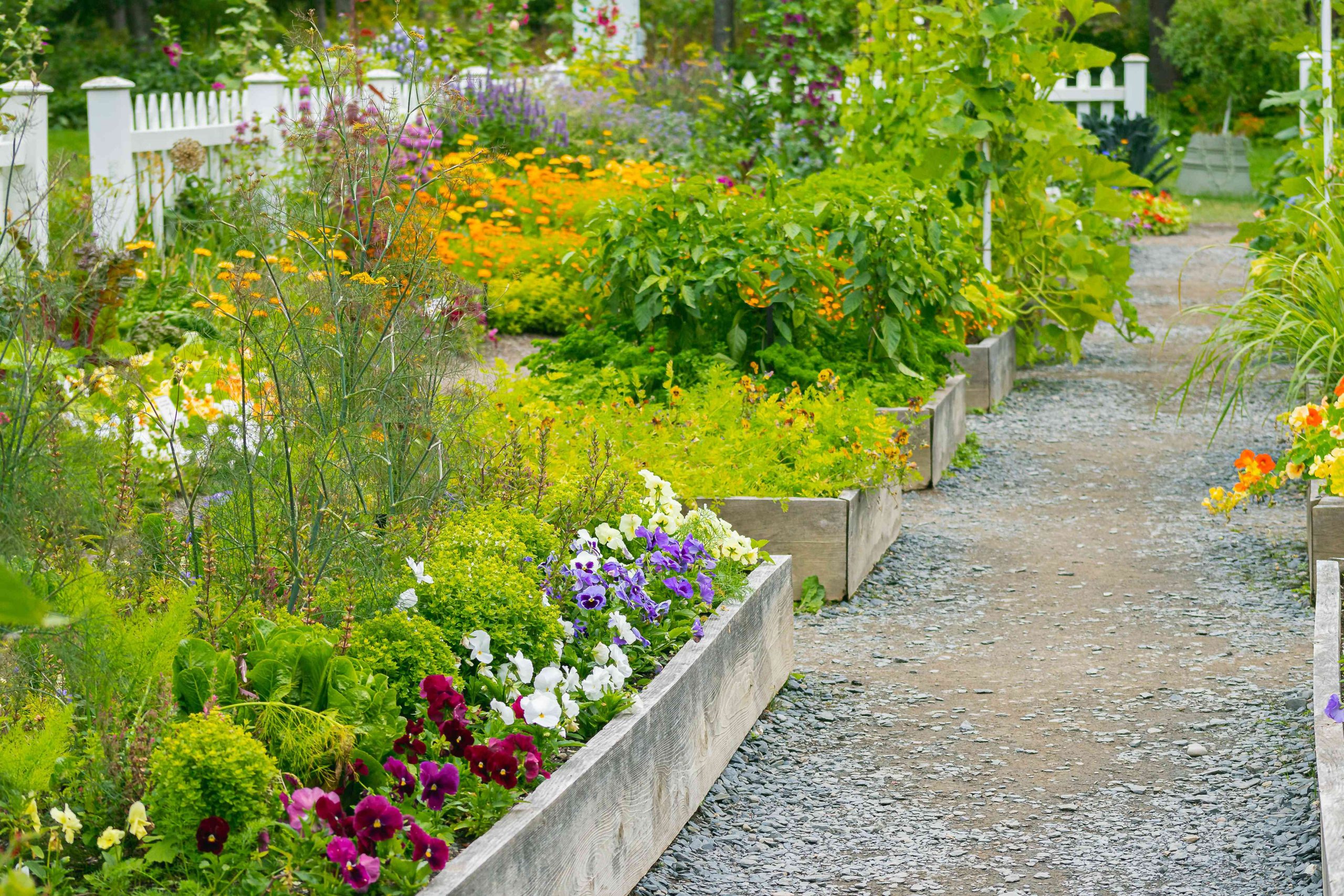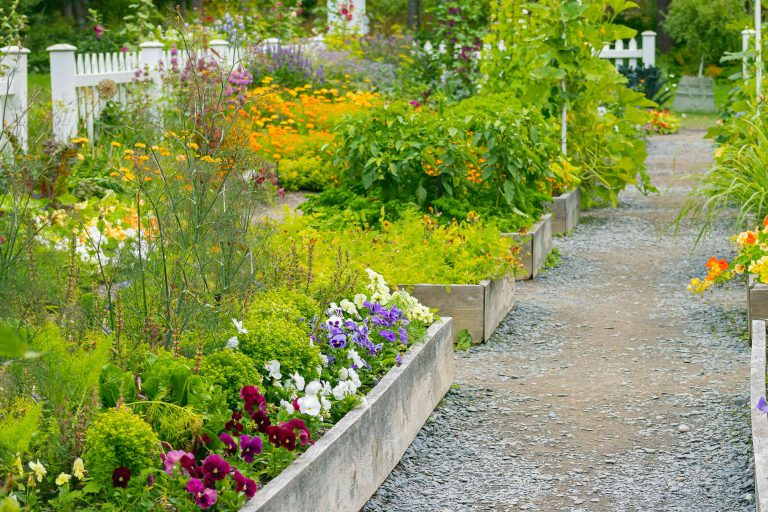Starting a garden from scratch can be a rewarding endeavor that provides fresh produce, beautiful flowers, and a sense of accomplishment. Here’s a step-by-step guide to help you get started on your gardening journey.
- Choose the Right Location
Selecting the right spot for your garden is crucial. Look for an area that gets at least 6-8 hours of sunlight per day, as most vegetables and flowers require full sun. Ensure the site has good drainage to prevent waterlogging, which can damage plant roots. Proximity to a water source is also important for convenient watering.
- Determine Your Garden Type
Decide whether you want a vegetable garden, a flower garden, or a combination of both. Your choice will influence the layout and plant selection. Vegetable gardens typically need more space and fertile soil, while flower gardens can vary greatly depending on the types of flowers you choose.
- Plan Your Garden Layout
Sketch a plan of your garden space, considering the mature size of the plants to avoid overcrowding. For vegetable gardens, use raised beds or rows, ensuring enough space for walking and maintenance. Companion planting, where certain plants benefit from being planted next to each other, can enhance growth and pest control.

- Prepare the Soil
Healthy soil is the foundation of a successful garden. Start by clearing the area of weeds, rocks, and debris. Test your soil’s pH and nutrient levels with a soil test kit. Most plants prefer slightly acidic to neutral soil (pH 6-7). Amend the soil based on the test results, adding compost, manure, or other organic matter to improve fertility and texture.
- Choose Your Plants
Select plants that are suited to your climate and soil conditions. Consider starting with easy-to-grow varieties like tomatoes, lettuce, and marigolds for beginners. If growing from seeds, start them indoors 6-8 weeks before the last frost date, then transplant them outdoors. Alternatively, you can purchase young plants from a nursery.
- Planting
Plant your seeds or seedlings according to the instructions on the seed packets or plant labels. Generally, seeds are planted at a depth of twice their diameter. Space the plants properly to ensure they have room to grow. Water the newly planted garden gently but thoroughly to settle the soil around the roots.
- Watering and Mulching
Consistent watering is vital, especially for young plants. Water deeply and infrequently to encourage deep root growth. Mulching around the plants helps retain moisture, suppress weeds, and regulate soil temperature. Use organic mulch like straw, wood chips, or grass clippings.



















